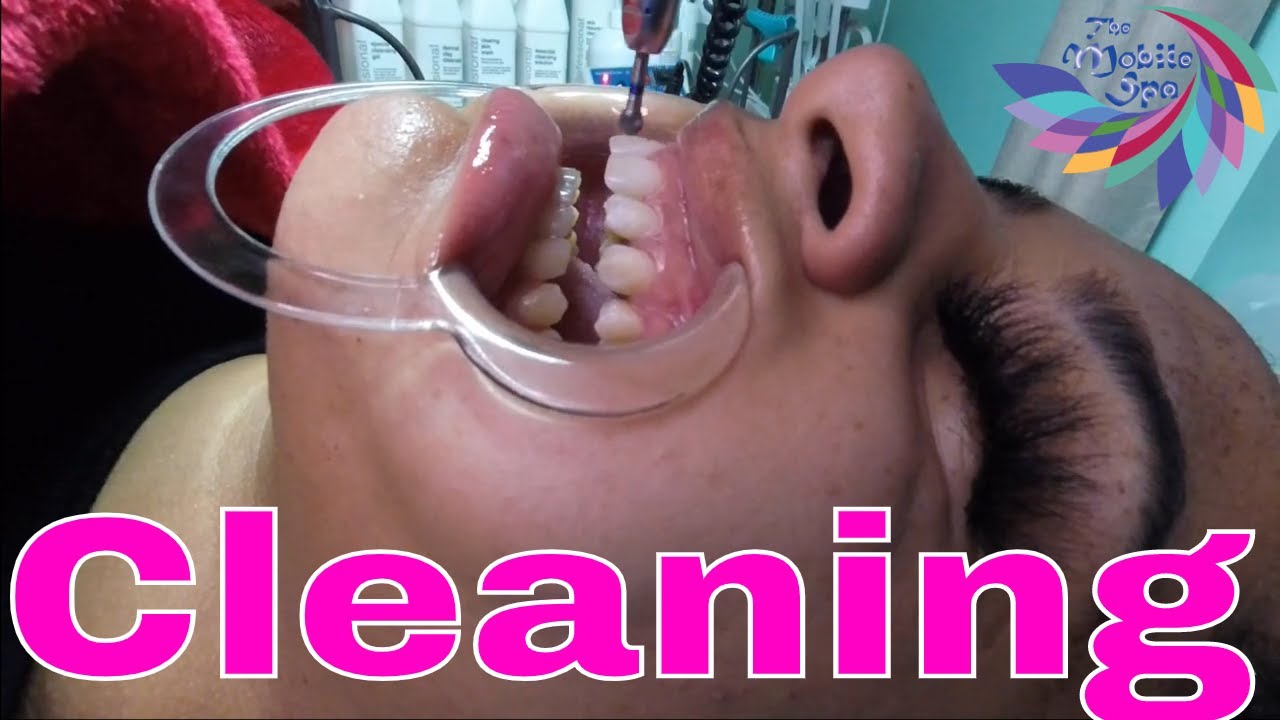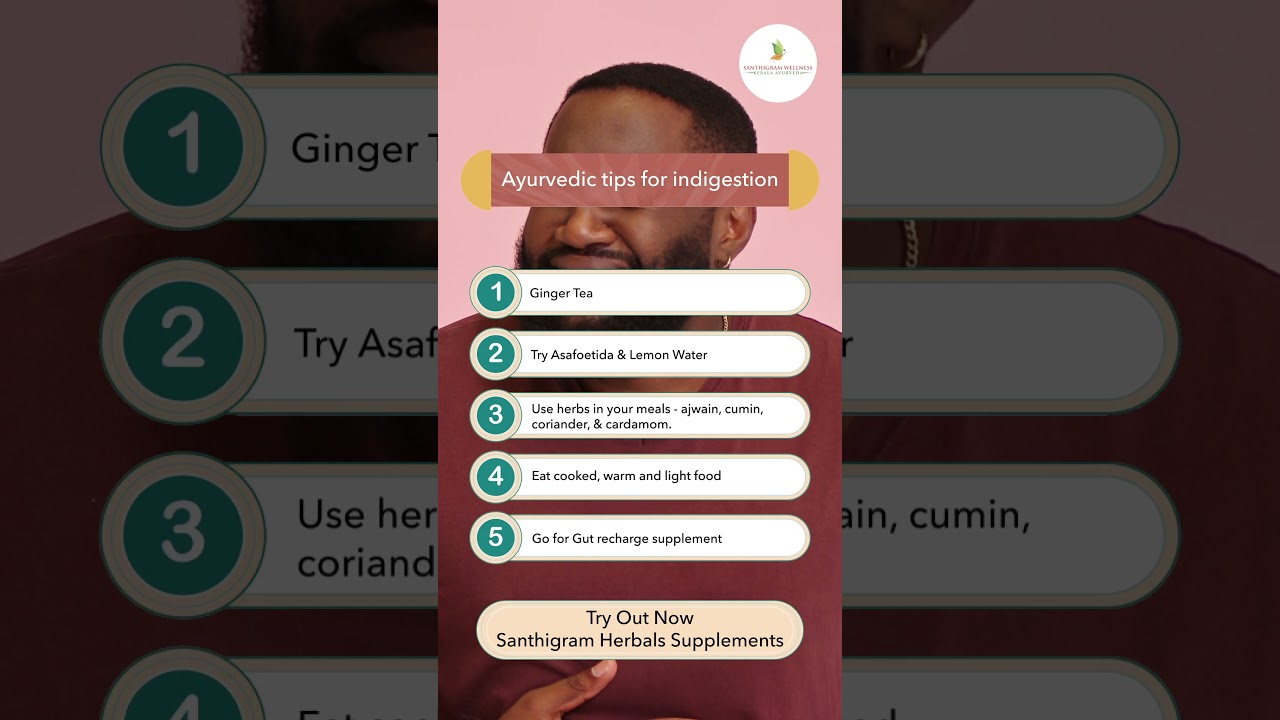
Topic: How To Treat Flu In Children?
In winter, the flu becomes the fear of parents. This highly publicized viral disease, with sometimes disastrous consequences in the elderly, does not spare toddlers. For the first symptoms of coughing or sneezing, use treatments to relieve your child.
How to recognize influenza in children?
In newborns and infants, the flu can go unnoticed. Symptoms are not necessarily specific. You will only see your child become irritable overnight, then have trouble breathing and refusal to feed or feed. In some cases, the child may have a fever or diarrhea, which can cheat the mother. Sometimes vomiting suggests digestive problems when it comes to the flu.
Between 1 and 5 years of age, you can recognize the flu in children by a cough, sneezing, red eyes, and a fever that sets in suddenly. The child loses his appetite for a few days. Before 4 years, half of the children with influenza exhausted, but this sign is not specific and is no longer observed in older children.
How does your child get the flu?
The flu is an illness caused by a virus. There are several strains of the virus responsible for influenza, and each year, epidemics come from different origins. However, the mode of transmission remains the same: the air route. When a person with the flu coughs or sneezes, the droplets of saliva they leave contain virus particles and infect people. Likewise, if the droplets are deposited on objects, the use of these objects can transmit the flu.
How To Treat Flu In Children?
Simple remedies can fight the flu. It is not necessary to multiply the drugs. Moreover, pediatricians recommend humidifying the child’s room and antipyretics (paracetamol) only when the fever exceeds 38 ° C.
Therefore, avoid giving cough suppressants that will not help the child clear the mucus in his throat. Also, avoid anti-inflammatory drugs with random side effects.
The flu in children comes from viral contamination. Strengthen the body with fruits rich in vitamins (apples, pears, oranges, bananas). Hydration is essential: give your child a drink often, hot water or hot milk with a little honey.
Clean your child’s nose with isotonic seawater or physiological saline. Elevate his pillow slightly when he sleeps so that mucus does not rise into his nose and prevent him from breathing.
Protect your child from sudden temperature changes. Do not cover it too much if the fever is high. Bed rest is not mandatory if your home is adequately heated.
Ways to prevent colds and flu
Ventilation of the bedroom is essential, even in cold weather. It is, therefore, better to avoid smoking in the house. Finally, use an air humidifier in his room so that the circulating air is not dry and does not promote respiratory germs’ circulation. A container of water placed on a radiator can do the trick.
In the prevention of influenza, pediatricians recommend vaccination in children over 6 months who already suffer from chronic diseases or recurrent episodes of lung infections.
Viruses cause colds and flu. The best way to avoid viruses is to try not to contact them, if possible, or to prevent spreading the virus when a family member has a cold or the flu. It is therefore vital that the whole household follows these few simple principles:
- Avoid contact with people you know are sick. If you work outside the home or your children attend school or daycare, this is, of course, almost inevitable. However, you can ask sick people to avoid visiting you.
- Wash your hands using the following simple and effective technique: (This is an essential measure to avoid infecting yourself and others.)
-
- Use warm-hot water and soap.
- Rub your hands vigorously for 15-20 seconds.
- Wash your fingers well (between the fingers and around the nails) as well as the palms and backs of your hands.
- To prevent germs and viruses from spreading or entering your body (or someone else’s), wash your hands after shaking hands with sick people, handling food bags. Garbage, petting an animal, changing a child’s diaper, sneezing or coughing into your hand, or after blowing your nose or using the toilet. Finally, wash your hands before preparing a meal or before eating, before treating a wound, and handling your contact lenses.
- Avoid touching your eyes, nose, or mouth. And teach your children that this is where viruses enter the body.
- Cover your mouth when you cough or sneeze if you don’t have a tissue handy, sneeze or cough into the crook of your sleeve, rather than putting your hand in front of your mouth.
- When a member of the household is ill:
-
- do not use the same hand towels;
- do not share the same glass, cup, or cutlery;
- Wash dishes well in hot water and soap.
Some steps to take before putting your child to bed:
Most children worry or fidget when they are messed up. Children with colds or the flu need enough sleep to help their bodies fight the virus.
1. Here are four great ideas to help a child relax before bed:
Keep your child well hydrated
2. In fact, children with a fever can become dehydrated due to profuse sweating. Children with the flu are often not very hungry, but their bodies still need food to fight the illness.
3. Give your child foods that are easy to digest, especially at the end of the day. Rice, crackers, toast, soup, and bananas are generally good options.
4. Run a humidifier in your room to help relieve your stuffy nose.



